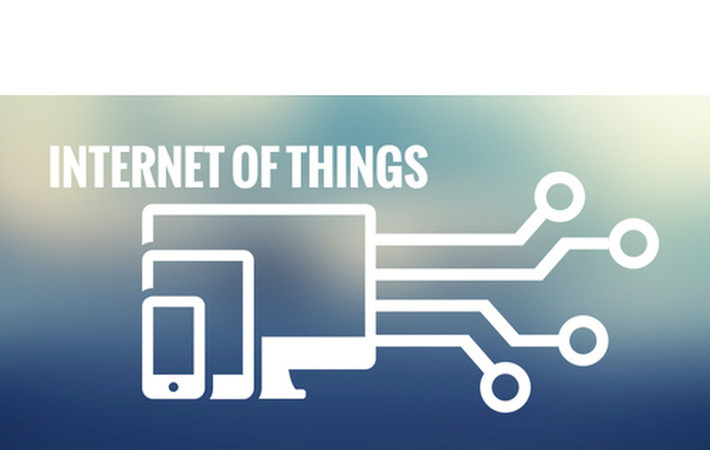
Published on 11/11/2016 | Strategy
Today, the IoT is starting to make sense of our former concepts and adapt them into a useful reality.
It is most definitely getting there. The IoT has plateaued at a level where it’s now synonymous with the Internet. So, anything that can connect to the Internet is placed conveniently under the IoT-umbrella. For me, this is quite a shift in my thinking since my deep-seated thoughts lay in viewing a smart object or ‘thing’ as an embedded device. This is still largely true, but it is becoming widespread to consider that any device that’s connected to the Internet is part of the IoT. And I see this move in definition happening across the industry. I do have some caveats, however, as to what can be regarded as part of the IoT. You see, it’s about purpose and scalability. For example, Amazon Dash – genius idea from Amazon [similar to Click & Go buttons]. These smart devices have the sole purpose of re-ordering products within the home, which are conveniently placed in the exact location where the products are stocked so that as soon as you notice, you are running low, you are just a button press away from placing an order. This is so much better than a talking refrigerator that mentions that your milk is low!
The LME is a supposition that I penned some time ago and is representative of everyday consumers who expect to retain that all-important internet connection. It’s akin to turning on a tap and expecting water and likewise, turning on a light switch and expecting it to illuminate. Last year the Federal Communication Commission (FCC) voted to regard the Internet as a utility just like gas, electric and water and be placed under the same doctrine as traditional utilities. So, my LME supposition solidifies our everyday expectation of being connected and having access to anything, at anytime and anywhere.
So, a Smart Agent just like a smart object or thing, is tasked with one or several roles – you see, it has a purpose. I suppose, we can compare an agent to a sensor of sorts where, for example, it has the responsibility to collate data about its environment – such as temperature, humidity and luminosity. A more exhaustive example would include the Industrial Internet of Things (IIoT) or Industry 4.0 where sensors across production would ensure the welfare of a product being manufactured. A Smart Agent is a device that is tasked with one or more responsibilities that help harvest data about a particular subject and share that information with humans – in essence, it’s more than a smart object or thing
I do feel that the IoT is still very much in its infancy and once the hyperbole has settled we can begin to crisp our focus as to what it should provide. I still hear a lot of noise and, hopefully with the several standards bodies that have emerged over the last few years, we will begin to shape IoT’s future and purpose. One exciting sector, for me, is the IIoT and Industry 4.0, something that’s a serious consideration across Europe. To empower the assembly line, for example, with smart agents would ensure a better product and assured quality. I really believe what causes any technology to stagnate is the associated hype that accompanies the notion and, today, the IoT is attempting, with the help of the industry, to shake off the unnecessary bling.
The original article - an interview with Mr. Dean Anthony Gratton - can be found at Telefonica's IoT Blog.